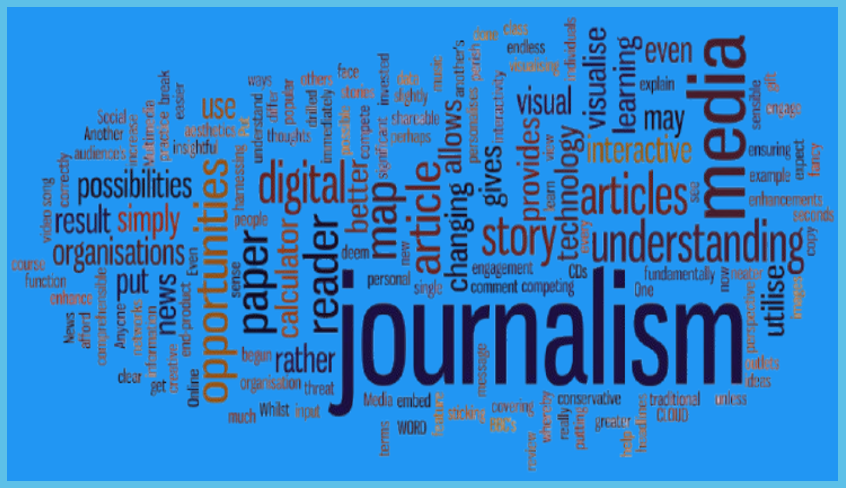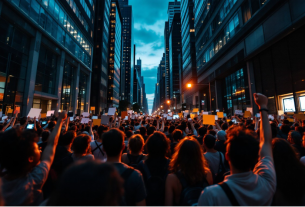No journalist is immune to bias. Whether shaped by upbringing, culture, politics, or personal values, every reporter brings a lens through which they view the world. But in a profession where truth and trust are cornerstones, allowing personal bias to bleed into reporting—especially in an unexamined, unprofessional manner—can erode credibility and public trust.
The task of journalism isn’t just to echo beliefs or preferences. It’s to inform the public, fairly and truthfully—even when the subject matter challenges the journalist’s own views or against belief and tradition. As media ethicist Jay Rosen once said, “The press is not just a mirror of society, it’s a magnifying lens.” That lens must remain as clear and balanced as possible.
Acknowledging Bias is Step One
Bias can’t be completely eliminated. But it can be managed. Responsible journalism begins with recognizing one’s own predispositions. “Objectivity is not the absence of a point of view,” wrote veteran journalist Bill Kovach in The Elements of Journalism, “but a discipline of verification.”
By practicing self-awareness and editorial rigor, reporters can identify moments when their feelings might distort the framing or context of a story. This isn’t about suppressing opinion—it’s about keeping reporting rooted in fact, not feeling and making spirited efforts to keep articles balanced.
Covering Subjects You Disagree With—Fairly
Whether covering political figures, controversial movements, or divisive topics, journalists are often tasked with reporting on people and events they may personally oppose. This is where journalistic integrity is most tested.
“You are not a propagandist,” said Christiane Amanpour during a lecture at Columbia University. “You are not there to make friends. You are there to report.” That means including perspectives that don’t align with your own—and giving them a fair hearing.
The Ethical Imperative: Fairness Over Agreement
The Society of Professional Journalists’ Code of Ethics urges journalists to “avoid stereotyping” and “support the open exchange of views, even views they find repugnant.” This commitment to fairness doesn’t mean every view is equally valid—it means every view must be accurately represented and contextualized.
Mishandling this balance can have lasting effects. A biased headline, an unbalanced quote, or even a suggestive image can undermine the story and feed public distrust in media institutions.
Tools and Practices for Staying Grounded
Modern journalists have access to fact-checking tools, editorial feedback loops, and ethical training. Relying on verifiable sources, disclosing potential conflicts of interest, and applying consistent standards of scrutiny across subjects are just a few ways to ensure fairness.
As former BBC journalist Alan Rusbridger wrote in News and the Media: “Transparency is the new objectivity.” That means being open with audiences about what you know, how you know it, and what you’re still trying to confirm.
Final Thought
Personal bias may be human, but responsible journalism demands discipline. It’s not about denying the presence of perspective—it’s about ensuring that perspective doesn’t obscure the facts. In an era where misinformation spreads fast, the journalist’s role as a trustworthy guide through the noise is more vital than ever and should be taken more seriously as it’s often the dividing line between live and death.



